How Durable are Solar Panels in Hurricanes and Hail Storms?
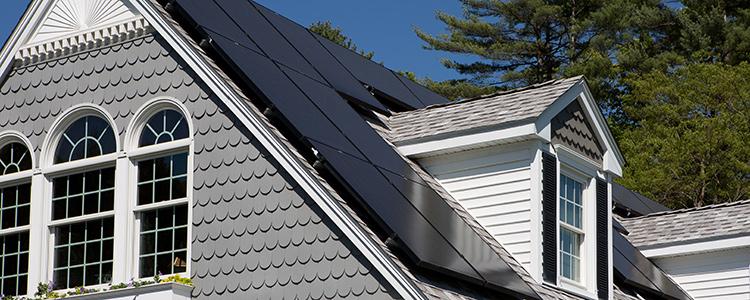
If you live in a state that’s susceptible to extreme weather conditions like hurricanes and hail, you’re likely wondering if a solar panel will hold up in the storm—and if you’ll still have power when it passes.
Thanks to rigorous industry testing and certifications, solar is a reliable and renewable energy source that people across the country can count on during severe weather. Some recent hurricanes and hailstorms show us the extent to which solar panels stand up to a storm.
Solar panels in a hurricane
Most solar panels are certified to withstand 140 mph winds.1 Certain states and municipalities have their own standards in place for solar installations, especially those that are particularly prone to hurricanes. For example, most Florida cities require solar systems to withstand winds of at least 160 mph.2
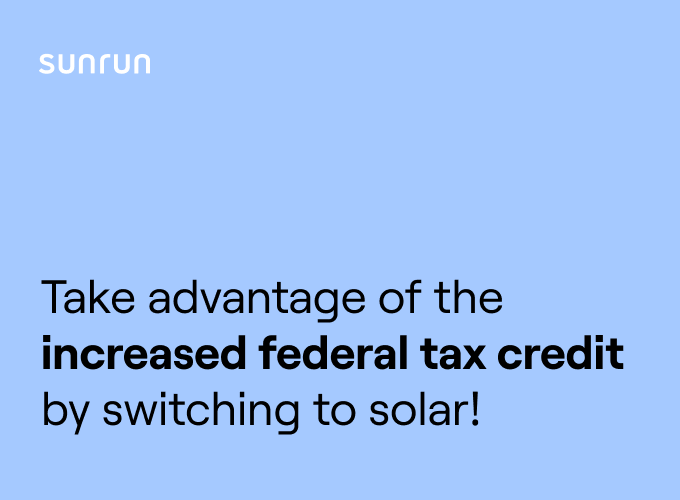
See if you qualify for the
26% federal tax credit
Thanks so much! We'll call you shortly.
Sorry, we are not taking new customers in your area yet
Refer a friend. Get $1000
The effectiveness of these tests and certifications can be seen in the way solar panels have held up to extreme weather over the years. From New Jersey to Puerto Rico, solar panels have showcased their resilience in the face of historic hurricanes.
After Hurricane Sandy, one of the Northeast’s most damaging storms in recent history, reported damage to solar panels in New Jersey was minimal. (Believe it or not, New Jersey has been an early leader in solar power and has one of the highest solar capacities in the nation3) .
Solar panels also played a critical and potentially-life saving role in the wake of Hurricane Maria in Puerto Rico. Sunrun was one of the first national solar companies to send aid to the island. By partnering with non-profits such as Empowered by Light and Give Power, we were able to install solar and battery systems to power local fire stations that provided emergency care to local communities.4 These fire stations have stayed powered around the clock since November 2017, and have continued operating uninterrupted 24/7.
Thousands of South Carolina residents relying on coal-powered utilities lost power for nearly two weeks after Hurricane Florence swept through the state in 2018. However, solar installations were unaffected. In fact, interest in going solar spikes among South Carolinians after a storm.5
Your solar panels and hail
Led by the NREL and the Office of Energy Efficiency and Renewable Energy’s SunShot Initiative, solar panels have undergone extensive testing to improve durability and resilience. This includes testing solar panels under hail-like conditions—for example, one of the tests involved shooting ping pong-sized ice balls at solar panels at 70 mph.6
The work of these organizations were put to the test in 2017. A particularly severe hailstorm in Denver caused significant damage across the city, shattering car windows and leaving golf ball-sized dents on roofs and vehicles. However, out of the 3,000 solar panels on the NREL Denver campus, only one solar panel was broken.6
Given the extensive quality testing that solar panels must undergo, it’s no surprise that the solar panels in Denver stood up to this surprise hailstorm. This is especially good news for those living in the south-central part of the United States, like Texas or Colorado, where hailstorms are most common.7
Solar panel testing and certification
Testing and certifications by the solar industry have helped to develop standards for assessing solar energy system quality and durability; this includes their ability to undergo severe weather conditions in multiple climates.
At the helm of this testing is the International Photovoltaic Quality Assurance Task Force (PVQAT), which is funded by the SunShot Initiative. The SunShot Initiative’s mission is to make solar more accessible and cost-effective for all Americans. By funding NREL scientists to work with the PVQAT, Americans can also be confident in their solar system’s performance and durability.
The PVQAT develops standardized quality tests to make sure solar modules can survive various climate conditions, monitors quality management of the manufacturing process, and establishes guidelines for system quality inspections to ensure your solar installation has been designed and installed properly.8
Thanks to the work of the PVQAT, we can have even more confidence in solar energy systems. Their work is especially important as the demand for clean, solar energy grows in the face of increasingly severe weather due to rising global temperatures.9
Solar batteries power you through extreme weather
While solar panels can stand up to hail and hurricanes, it doesn’t necessarily mean they’ll provide power after the storm. If your solar panels are grid-connected and there’s a power outage, your panels will shut off even if they’re in perfect working condition.
Solar batteries can help you continue to harness energy from the sun even if the grid is down. Your solar batteries will generate electricity for your home, and your panels will continue replenishing your battery’s power reserves with solar energy until the grid is back up and running again.
While solar batteries are often seen as an investment, Sunrun offers flexible financing options and affordable solar plans so that you have easy access to the clean, renewable energy you deserve.
Our solar plans also include free monitoring and maintenance. If your panels or battery are underperforming (or in rare instances, get damaged in the storm), we’ll fix or replace them for free so you can keep powering forward.
Power through the storm with Sunrun
Don’t wait until hurricane season rolls around to go solar. See why Americans across the country have chosen Sunrun to power through the next storm and start enjoying clean energy.
Get in touch with one of our experienced Solar Advisors and get a complimentary solar quote today.
- 1. Rooftop Solar Stood Up to Sandy
- 2. Do Solar Panels Meet Miami-Dade Hurricane Wind Requirements?
- 3. New Jersey Solar
- 4. Sunrun Brightbox in Puerto Rico
- 5. Hurricane Florence crippled electricity and coal -- solar and wind were back the next day
- 6. Hail No! National Lab's Solar Panels Survive Severe Storm
- 7. Why are hailstorms most common in spring?
- 8. NREL - Assuring Solar Modules Will Last for Decades
- 9. SEIA - Climate Change
Sunrun Team
Recommended Articles
-

How Does Solar Energy Help the Environment?
How Solar Panels and a Home Battery Can Reduce Your Carbon Footprint A safer and...
-
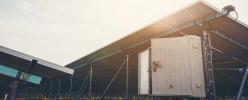
String Inverter
A device that converts the generated solar energy into usable electricity for a home.
-
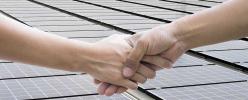
Solar Panel Warranty
A guarantee from the solar panel manufacturer or installer to ensure production levels and equipment reliability.
-
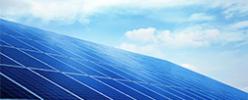
How Much Is It (Really) To Power A House With Solar in California?
Maybe you like the idea of going solar. Maybe you even love it, based on what you’ve heard about...